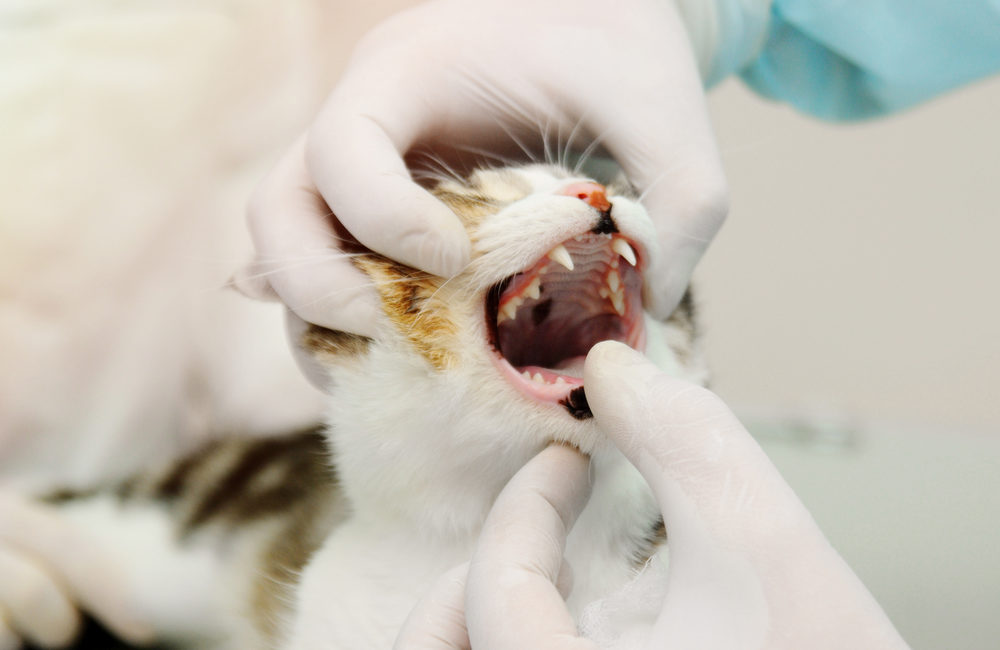FORLs are one of the most common dental problems reported in felines. For reasons not yet determined – up to 75% of cats over the age of 4 may be affected other might not be affected at all. These lesions tend to appear around the “neck” or the base of the tooth and invade multiple layers. The tooth and its root become progressively weaker and will eventually fracture or resorb into the bone. Any tooth can be affected, and they may be causing your feline friend more discomfort than you realize.
Some typical signs to look out for:
- Small to large “lesions” that are very red in the appearance at the base of the tooth
- Bulging/protruding gumline
- Tooth discoloration
- “Hole” like appearance
- Drooling/discomfort eating
- Reluctance to eat (especially hard kibble)
- Weight loss
- Tooth fracture
- Pawing at face
Some lesions are most apparent than others, and some cats demonstrate more clinical signs. It is important to have your cat regularly examined and treated. If not treated, the tooth root and blood supply may be exposed, and leave your cat more susceptible to disease, pain and infection. Currently, the only recommended treatments are extraction or crown amputation.
Written by: Jillian Porter, Veterinary Technician



